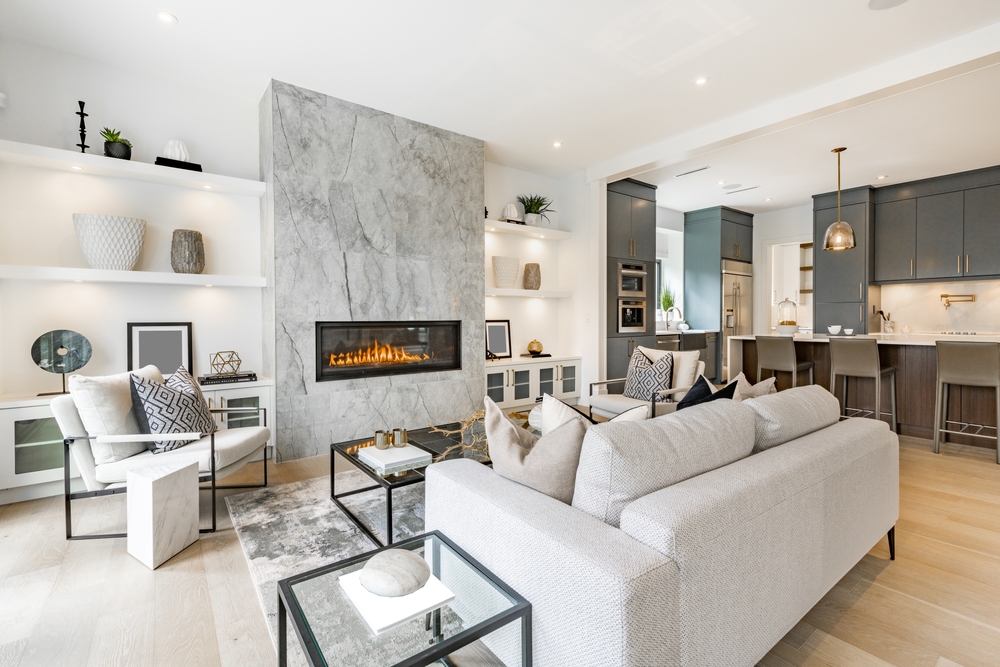Interior painting is a powerful tool for changing living spaces, from expressing personal style to creating a warm ambiance. This thorough book will take you through all the important factors, methods, and advice you need to guarantee a successful and beautiful interior painting project.
1. Psychology of Color and Selection: Selecting the appropriate colors is the initial stage in any interior painting project. Think about how colors have psychological effects: chilly tones promote calm, warm tones promote comfort. Examine color schemes and think about how they go with your décor and furniture. Remember to test samples in different lighting settings to observe how they affect your area.
2. Types of inside Paint: It is important to comprehend the various kinds of inside paint. Water-based latex paints https://en.wikipedia.org/wiki/Latex are well-liked because of its minimal odor, ease of cleanup, and speedy drying period. Oil-based paints have a smoother surface and are more durable, but they can smell stronger and take longer to dry. The purpose of the room and your preferred style will determine which paint finish—flat, eggshell, satin, semi-gloss, or gloss—you should use.
3. Surface Preparation: A smooth and durable finish is guaranteed by proper preparation. To get rid of dust, grime, and oil, thoroughly clean all surfaces. Use joint compound or spackle to fix any cracks, holes, or flaws. Consider applying a primer to establish an even basis for the paint, and sand surfaces for a smooth texture.
4. Tools and Techniques: Make an investment in high-quality painting supplies, such as painter’s tape, brushes, and rollers. Different textures and surfaces call for different tools. Apply paint in long, steady strokes, taking care to cut in around edges. For larger areas, think about utilizing a paint sprayer for efficiency.
5. Accent Walls and Their Methods: Accent walls can give a space character. To add visual interest, try using methods like color blocking, stenciling, or textured paint. These elements can add a distinctive touch to your interior spaces and improve the overall design.
6. Creating Illusions: Color can be used strategically to produce illusions that change how space is perceived. Darker hues enhance coziness and warmth, while lighter hues give the impression that a space is larger. Take into account horizontal stripes to lengthen a space and vertical stripes for taller ceilings.
7. Trends and Timelessness: Keep abreast of the latest developments in interior design while also taking into account the classic charm of muted colors. Your home will not feel antiquated too soon if you strike a balance between modern and classic features.
8. Sustainable and Low-VOC Options: Low-VOC or VOC-free paints are options for customers who care about the environment. These choices support sustainable living habits and improve indoor air quality.
9. Final Touches: Take into account the final touches once the paint has dry. Your painted area can look fresher if you update it or add new furniture, artwork, or accessories.
10. Maintenance and Care: Basic maintenance procedures are necessary to keep your freshly painted interior in good condition. To extend the life of your paint job, clean walls as needed using a light detergent and water, and take care of any stains right away.
In conclusion, interior painting is a fun and fulfilling project that lets you customize and rethink your living areas. You can create a cozy and fashionable retreat in your house by carefully choosing colors, styles, and finishes. So take out your paintbrushes and start painting, one room at a time.


Write a Comment